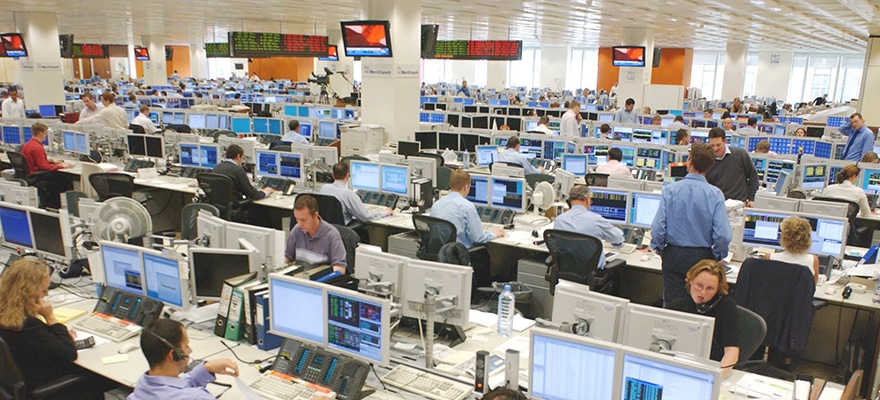This article was written by Richard Perona, VP of Institutional FX at Advanced Markets and Fortex.
I should start by saying that this article may not be applicable to many market participants, but hopefully the information will be useful for anyone looking to execute large market orders.
Liquidity setting
If you are an institutional trader, a fund manager, a bank or perhaps a brokerage hedging positions, then you will almost certainly know that the job of executing a 20, 50 or 100 million trade can be a costly and frustrating experience if not done in the proper liquidity setting. Let’s begin by taking a look at the two most popular venues that clients in the non-bank environment would use to transact a large FX market order, the electronic communication network (ECN) platform or an individual prime of prime (PoP).
An ECN is a technology-based venue incorporating numerous Liquidity Providers (LPs), both bank and non-bank, who continuously stream their pricing (market interest) to the ECN. The ECN will, in turn, aggregate the pricing. When viewing the entire depth of the aggregated price feed of an ECN, you will notice that it has many levels of liquidity. LPs prefer to stream smaller ticket size pricing to the ECNs due to the fact that this allows them to provide tighter spreads knowing that they aren’t at risk of getting hit with large tickets on those spreads. The LPs are also aware that, by pricing competitively, they have a chance of being 'Top of Book' (ToB) and can win business from competitors in the space. The end result is a very tight ToB.
In general, LPs will not price the ECNs in their larger amounts, that type of pricing is normally reserved for their own, 'known' direct API/GUI clients.
Aggregation
A PoP is a specialized broker which leverages its own credit lines at global banks, through a top tiered prime broker (PB), and passes all client trades straight through for execution. By aggregating multiple bank price feeds, the PoP creates a single stream of liquidity on which the institutional client can trade. These large, institutional bank LPs tend to stream pricing that is more suited to larger ticket sizes thus creating a very deep Depth of Market (DoM). That being said, the ToB pricing may not be quite as tight as that seen on an ECN given the absence of small-ticket price streams.
Now that we have looked at several venues that are capable of handling a large market order, let’s review exactly how a large order is facilitated and absorbed by the market. When the order is triggered the first layer of pricing hit will be always be the ToB followed by the descending layers of quotes in the aggregator stream until the order is completely filled. Depending on the size of the trade and market conditions, multiple transactions (legs) may be required to fill the order ultimately impacting execution times. The longer it takes to fill an order, the more the market is aware of its existence and the more time the LPs have to adjust their pricing. This could potentially result in slippage where a really large order is involved.
Execution
Execution for larger market orders, realistically, depends on the liquidity available in the aggregated price pool.
The aggregated price stream on an ECN may show tighter spreads on the ToB than that seen on a PoP, possibly due to small ticket quotes. These smaller tickets may look nice on the surface, but they can act as a hurdle to the larger order as it tries to execute. The resulting small ticket transactions will create extra legs on the order and potentially add significant time to execution.
A different experience can possibly be achieved by executing an equivalent large order with a real PoP. Although the ToB pricing may be slightly wider than with an ECN, the order can experience a different outcome. A real PoP focusing on institutional clients, would be using large, international banks in their aggregated liquidity feed with pre-agreed price streams, directly related to ticket size. It would not be unrealistic to see quotes for 5, 10 or 20 million in a real PoP's aggregation but beware, not all PoPs are created equal. There are firms out there marketing themselves as PoPs, that, amongst other things, will allow small ticket pricing and broker liquidity into their aggregation resulting in multiple transactions and potential delays in execution.
Conclusion
In conclusion, trying to execute a very large market order through an ECN, or a 'non-pure' PoP, would be comparable to mowing your lawn with a weed-wacker. It can be done, but it will take forever and give uneven results. When executing the larger-type market orders, ticket size does matter and the trade venue’s price stream will make all the difference. A real PoP will be able to create a stream of liquidity conducive to your trade size in order to maximum efficiency of execution.



















